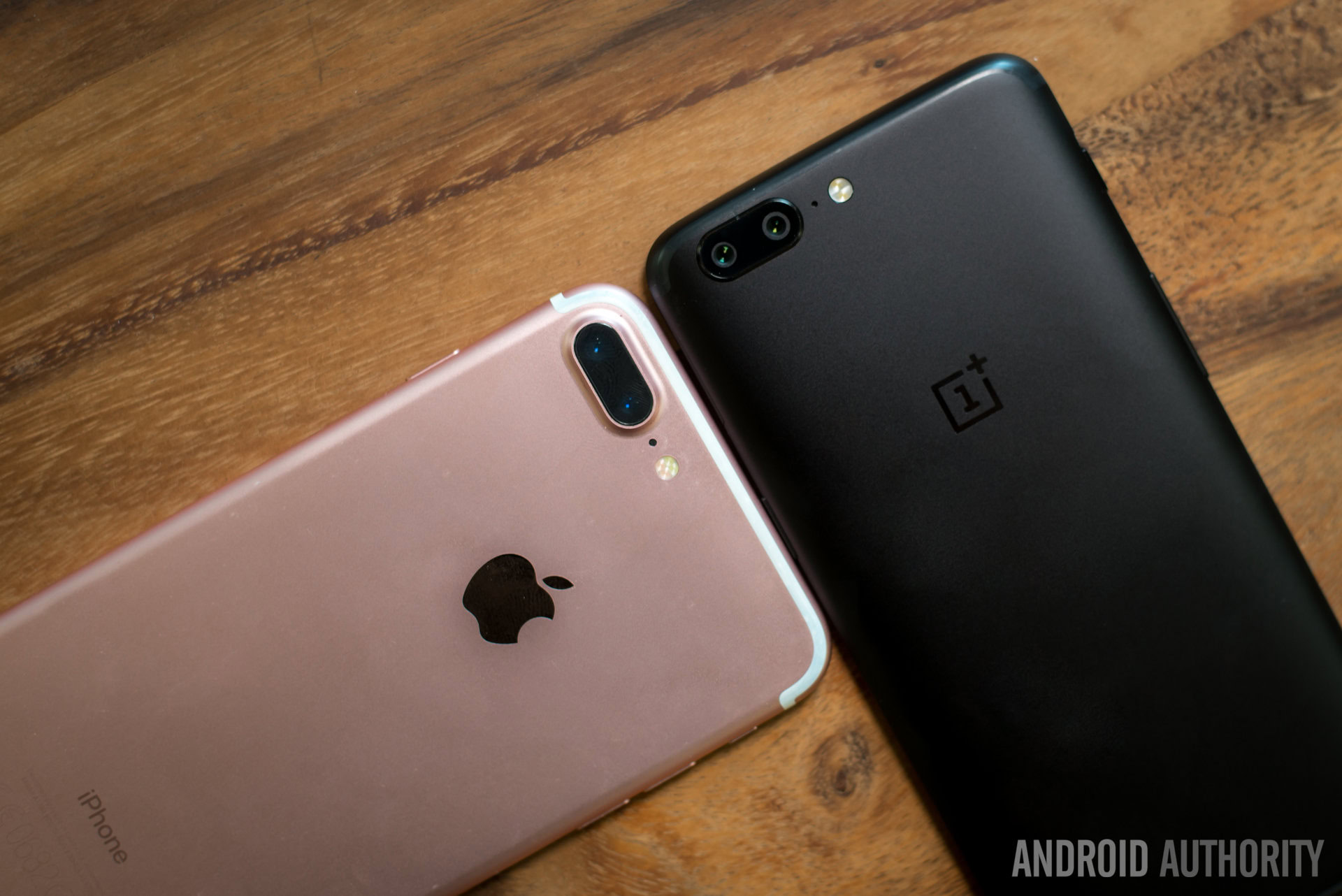Affiliate links on Android Authority may earn us a commission. Learn more.
This is how the dual-lens camera on the Essential Phone works
July 27, 2017

Image quality engineer Yazhu Ling gives us a peek at the complex mechanism behind the Essential Phone’s dual-lens camera and its performance.

While the Essential Phone is undoubtedly one of the most anticipated phones of this summer, not everything has been smooth sailing so far. The company failed to ship its first ever smartphone within the promised 30-day window, and it’s been hit with multiple executive departures. Andy Rubin reassured us last week, saying that his team has been hard at work to make sure the phone makes its way to people sometime in August. Well, the Essential Phone may take a few more weeks to arrive on our doorsteps, but the company is offering us an in-depth look at just how capable its camera is.
In a blogpost, the company’s image quality engineer Yazhu Ling explains just how much work she and her team have put into the design and performance of the Essential Phone’s rear camera:
When we set out to build the rear-facing camera for our phone our primary goal was to have a camera without the telltale bump and have it integrated seamlessly into the overall design. However we were not willing to sacrifice image-quality in low light which is a common point of frustration for many people who rely on their phone’s camera. In a nifty bit of engineering we were able to accomplish both those goals.
As you may know, the Essential Phone uses two camera lenses – one full RGB and one true monochrome – just like the recently-announced Moto Z2 Force or HUAWEI-branded smartphones. The first lens assigns color values to different pixel locations, but if only some of the pixels have color values, the camera must “infer what the rest of the image should look like,” making the overall image blurry and noisy. That’s where the monochrome camera comes in: because every pixel is assigned a true black or white value, the quality is far superior even in low light conditions. The Essential Phone then uses a complex Image Signal Processing pipeline to combine those two images to produce clear, high-resolution color images.

Again, this isn’t a novel technology per se, but the blogpost gives an idea of just how complex the process is. Ling claims that the company captured and examined more than 20,000 photos and videos in order to fine-tune elements like highlight, lux, shadow, contrast, etc. As you can see above, these tweaks make a visible difference.
The team captured and examined more than 20,000 photos and videos in order to fine-tune elements like highlight, lux, shadow, contrast, etc.
Although we will have to wait until we get our hands on the Essential Phone to compare with other low light champions like the HTC U11 and Galaxy S8, it looks promising so far.
Will you be getting the Essential Phone? Thoughts on the phone’s camera quality? Let us know by leaving a comment below!